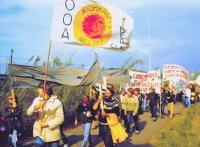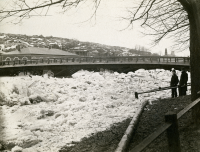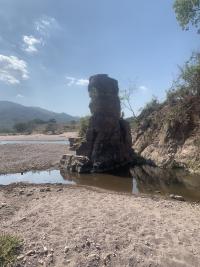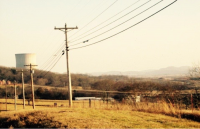Corridors, Concessions, and the Extraction of Natural Resources in Liberia
This article is a critique of the “open door” development policy promoted by the Liberian government after World War II, and shows the environmental and social impact of state reliance on foreign direct investment.











